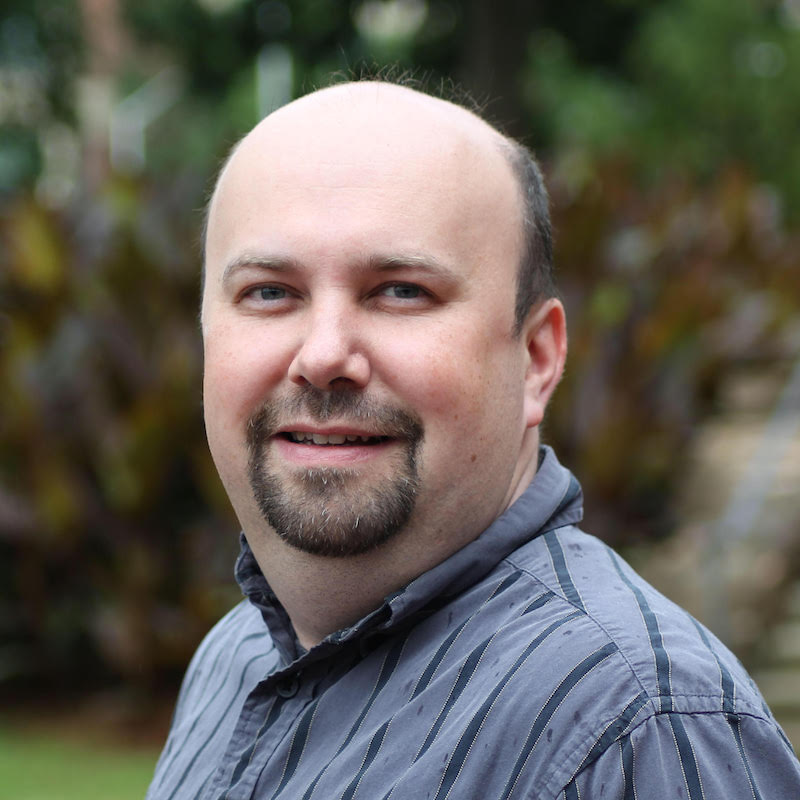
Olexandr Isayev
Carl and Amy Jones Professor in Interdisciplinary Science, Chemistry
- Mellon Institute 511A
- 412-268-3140
Bio
Courtesy appointments:
- Associate Editor, Journal of Chemical Information and Modeling, ACS
- Affiliate faculty, CMU-Pitt Computational Biology Ph.D. Program
- Affiliate faculty, CMU-Pitt Molecular Biophysics and Structural Biology Program
- Affiliate faculty, Scott Institute for Energy Innovation
Education
Postdoctoral Fellow, Case Western Reserve University, 2009–2012Ph.D. in Theoretical Chemistry, Jackson State University, 2008
M.S. in Chemistry, Dnepropetrovsk National University, Ukraine, 2002
Research
Keywords: Theory & Computational; Machine Learning; Experiment Automation; AI
Projects
The Isayev lab works at the interface of theoretical chemistry, pharmaceutical sciences, and computer science. We use molecular simulations and artificial intelligence (AI) to solve difficult chemistry problems. Our research has been groundbreaking in the field of ML and quantum mechanics (QM), paving the way for developing several families of atomistic molecular ML potentials that approximate the solution of the Schrodinger equation. We have developed a single ‘universal’ model, which is highly accurate compared to reference QM calculations at millions of times faster speeds. Focusing on parametrization for molecules in neutral and charged states makes it a valuable model for modeling most non-metallic compounds, including chemical reactions, kinetics, thermochemistry, structural optimization, and MD simulations.
We also develop generative AI (GenAI) methods that solve a so-called inverse design problem. These methods enable the design of molecules with the desired physicochemical, biological, or both properties. We successfully validated this approach by designing small-molecule protein kinase, protease, and GPCR inhibitors. We showed that a trained AI model can mimic expert chemists' skills. This is a prime example of the transfer of decision power from human experts to AI. Using CMU Cloud Lab, we are developing a novel ML-guided molecular discovery platform that combines synergistic innovations in automated experiments and automated machine learning (AutoML) and Reinforcement learning (RL) agents. A software-controlled synthesis platform enables rapid iterative experimental–computational cycles and explores non-intuitive design criteria identified by an agent.
Within the next few years, I would like to push the frontiers of chemistry methods and AI to mimic and supersede expert scientists' chemical intuition and decision-making. The critical need for "Chemical Intelligence" exemplifies the need for advancement beyond the presently available algorithms in two primary ways: (i) elevating ML from generating data models toward generating expert-approved inferences and conclusions; (ii) enabling autonomous reasoning about these outcomes and prior data to generate and execute an actionable research plan.
Publications
The Full List of PublicationsAppointments
| Years | Position |
|---|---|
| 2024–present | Carl and Amy Jones Professor in Interdisciplinary Science, Carnegie Mellon University |
| 2023–2024 | Associate Professor, Carnegie Mellon University |
| 2020–2023 | Assistant Professor, Carnegie Mellon University |
| 2017–2019 | Research Assistant Professor, UNC Eshelman School of Pharmacy, University of North Carolina at Chapel Hill |
| 2016 | Senior Fellow, Institute for Pure & Applied Mathematics, University of California, Los Angeles |
| 2013-2016 | Research Scientist, UNC Eshelman School of Pharmacy, University of North Carolina at Chapel Hill |
| 2012-2013 | Senior Scientist, US Army Engineering Research and Development Center |
Awards and Distinctions
| Years | Award |
|---|---|
| 2023 | Scialog Fellow |
| 2017, 2014 | ACS Emerging Technology Award |
| 2016 | Eshelman Institute for Innovation Award |
| 2015 | Chemical Structure Association Trust Award |
| 2014 | NVIDIA GPU Computing Award |
| 2009 | IBM-Löwdin Memorial Fellowship |